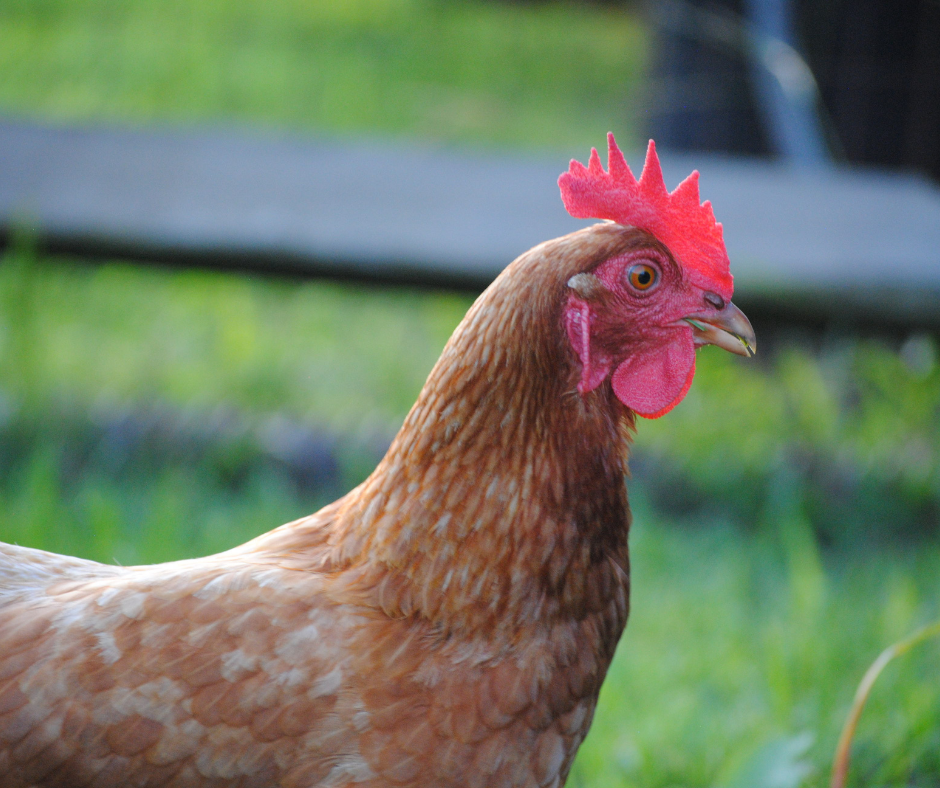Agriculture and Natural Resources Blog
Contact
Agriculture and Natural Resources
University of Arkansas System Division of Agriculture
Cooperative Extension Service
2301 S. University Avenue
Little Rock, AR 72204

Avian Influenza Update: Poultry Biosecurity Practices (March 17, 2022)
by F. Dustan Clark, DVM, PhD, DACPV, Extension Poultry Health Veterinarian and Associate
Center Director –
Arkansas Cooperative Extension Service
Routine surveillance of wild birds in the USA in 2022 conducted by the APHIS Wildlife
Services has detected HPAI Eurasian H5N1 Avian Influenza in wild birds in 23 states.
The disease has also been detected in some commercial and backyard hobby flocks in
17 states (Indiana, Virginia, Kentucky, New York, Delaware, Iowa, Connecticut, Maine,
Michigan, Missouri, Maryland, South Dakota, Illinois, Kansas, Wisconsin, Nebraska,
New Hampshire). The affected premises have been quarantined and depopulated or are
currently being depopulated. Flocks within the quarantine/surveillance zones are being
tested. There have been no detections in Arkansas to date.
According to the U.S. Centers for Disease Control and Prevention, the recent HPAI
detections in birds do not present an immediate public health concern. No human cases
of these avian influenza viruses have been detected in the United States. As a reminder,
the proper handling and cooking of poultry and eggs to an internal temperature of
165 ˚F kill bacteria and viruses.
It is extremely important for anyone involved in poultry production to review their
premise Biosecurity procedures and protocols. This should be done by small backyard
hobby flock owners and growers of commercial poultry to protect the health of their
birds. Commercial poultry growers should follow company Biosecurity guidelines and
work closely with their flock supervisors.
Below are a few simple Biosecurity procedures that can be used by hobby, backyard,
and small flock owners.
Recognize the signs of illness
You as the poultry owner know your birds. In fact, you probably look at your birds
more than once a day. As such you can detect early signs of illness such as a change
in the bird’s behavior; you know when your birds are not acting just right. There
are many poultry diseases but typically some of the first signs of illness are:
• a drop or cessation of egg production
• lack of appetite
• sneezing, gasping
• diarrhea
• drop in water consumption
• discharges from the eye and/or nostril
• ruffled feathers, huddling
• bird keeping to itself.
Do not bring disease home with you
If you purchase new birds make sure you look at them closely (even if from a reputable source) to check for signs of illness. This measure should also be taken if it is your own bird returning from a poultry exhibit. Unfortunately, it is possible that a bird could still be incubating a disease and some diseases cause few signs unless a bird becomes stressed. Isolate (quarantine) new and returning birds away from your home flock for at least 30 days. Isolate the birds as far away from your home flock as you can (at least 100 feet, if possible), and be sure and care for these quarantined birds last. Equipment such as crates, nest boxes, etc., could be contaminated with feces, exudates, etc., and may harbor disease organisms so it is best to not borrow equipment. If that is not possible; thoroughly clean/disinfect the equipment before taking it onto your premise. If you visit an area where there are waterfowl (such as ponds, lakes, and hunting) or areas with poultry, make sure you change clothes and shoes and wash your hands before checking on your birds.
Clean and disinfect
Keep poultry facilities clean and free of weeds, debris, spilled feed, etc.
Practice good vermin control
Mice and rats can carry diseases and they can also attract snakes. Fly, buffalo gnat, and mosquito control are also important since these insects also carry and spread diseases. Wild birds should be excluded from your poultry pens. Secure poultry pens are necessary to exclude other wildlife, which may be predators of your poultry or bring in diseases. Pets should also be kept out of the poultry pens.
Keep away/restrict visitors
Visitors could accidentally contaminate your poultry. Restrict visitors to your facility. Have all visitors clean their shoes/boots and disinfect before visiting your poultry flock. A pair of boots for visitors and yourself to wear around your birds or disposable boot/shoe covers is needed. Keep your poultry pens and facilities locked.
Get help/report the unusual
If you see something in your flock unusual or is “just not right” get help immediately. Contact your local veterinarian, local county extension agent, Extension poultry veterinarian, state veterinarian, or USDA hotline. If you have a bird die contact your state or university diagnostic laboratory about submitting the bird for testing.
Training and resources are available
Biosecurity training for small flock owners is available through the University of Arkansas System Division of Agriculture. Two upcoming webinars are scheduled. Attendees will get Arkansas-specific updates and learn how to recognize and prevent the avian flu.
Register for the March 19th, 2022 at 9:00 AM
Register for the March 31st, 2022 at 6:00 PM
You can also download our informational flyer on avian influenza.
More Information
In addition to practicing Biosecurity, bird owners should not allow any contact between their poultry and wild waterfowl or areas where wild waterfowl are found.
If you have questions or would like more information, visit the biosecurity resources page on the Arkansas Cooperative Extension website, or contact your local county Extension agent.
You can also visit the USDA APHIS resource center or contact the specialists below:
F. Dustan Clark, DVM, Arkansas Extension Poultry Veterinarian
Email: fdclark@uark.edu, Phone: (479) 957-4245
Terry Conger, DVM, Poultry Health /Epidemiologist
Email: Terry.H.Conger@aphis.usda.gov, Phone: (501) 224-9515
John G. Nilz, DVM, Arkansas State Veterinarian
Email: john.nilz@agriculture.arkansas.gov, Phone: (501) 297-2250